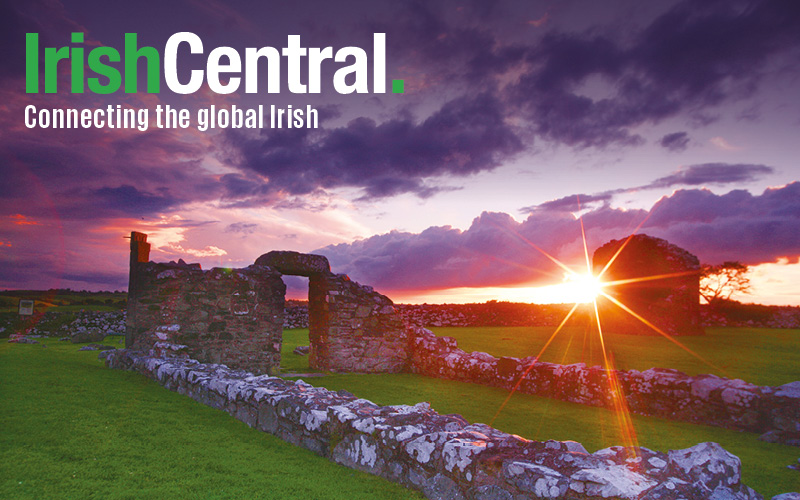The Gilligan clan is still here in Savannah Georgia enjoying the heat and mosquitoes!!! Savoring a few beers and getting on with the local Irish population. This place is also the home of TV Chef Paula Deen’s restaurant where she serves up some mighty fine southern fried chicken.
Did you know that in Kennesaw County GA. every head of household must possess a firearm of some kind! Weird place.
Here are a few more crazy laws that I have found in this state:-
It is illegal to use profanity in front of a dead body which lies in a funeral home or in a coroner’s office.
You have the right to commit simple battery if provoked by "fighting" words.
Donkeys may not be kept in bathtubs.
No one may carry an ice cream cone in their back pocket if it is Sunday.
All citizens must own a rake.
It seems Savannah’s close connection to St. Patrick’s Day was ordained from the beginning. The very first baby born here, Georgia Close, came into the world on March 17, 1733.
Two hundred and fifty years later Savannah holds what’s the second-largest St. Patrick’s Day celebration in the world, second only to New York City’s. Three presidents have visited during the shindig — William Howard Taft, Harry Truman, and Jimmy Carter.
With its fine spring weather and walkability — not to mention its liberal “to-go cup” rules allowing you to carry an adult beverage on the street — Savannah is tailor-made for a boisterous outdoor celebration. But most of all, what makes it a perfect fit is the city’s large Irish-American population.
The earliest Irish in Georgia were descendants of the Calvinist Scots who “planted” Ireland’s northern province of Ulster in the 1600s. Often called “crackers” — perhaps from the Gaelic craic, “enjoyable conversation” — these early Irish entered Georgia from upstate South Carolina and made their living trading, trapping, or soldiering. One such “cracker” was Sergeant William Jasper, mortally wounded leading the charge to retake Savannah from the British in 1779.
The main chapter in local Irish history began in the 1830s with the arrival of the first wave of Irish to build the Central of Georgia Railroad. The story goes that Irish were employed on the railroad because, unlike slaves, their bodies had no commercial value and could be worked to exhaustion with impunity. A second wave of Irish immigration followed two decades later when the Potato Famine in the old country forced many to seek new shores.
Though the Irish were initially subject to prejudice, their willingness to work long hours for low pay soon made them irreplaceable in Savannah’s economy. And also as in New York, in short order Irish became major players in politics and business.
In the early days, Irish neighborhoods were clustered around East Broad Street in the Old Fort area, and on the west side near West Broad Street (now MLK Jr. Boulevard). It’s no coincidence that those areas also had large African American populations. Because of their shared links of poverty and prejudice, in the early days Savannah Irish tended to live near black neighborhoods, often socializing with them after-hours — much to the chagrin of Savannah’s elite.
Ironically, given St. Patrick’s Day’s current close association with the Catholic faith, the first parade in Savannah was organized by Irish Protestants. In 1813, 13 members of the local Hibernian Society — America’s oldest Irish society — took part in a private procession to Independent Presbyterian Church. The first public procession was in 1824, when the Hibernians invited all local Irishmen to parade through the streets. The first recognizably modern parade, with bands and a “grand marshal,” happened in 1870.
Today’s parade is a far cry from those early beginnings. Organized by a “committee” of about 700 local Irishmen — with but a tiny sprinkling of lasses — the three-hour procession includes marchers from all the local Irish organizations, in addition to marching bands and floats representing many local groups. Rain or shine, the assembled clans march — amble is perhaps a more accurate word — wearing their Kelly green blazers, brandishing their walking canes and to-go cups, some pushing future committee members in strollers, fair skin gradually getting redder in the Georgia sun.
SAVANNAH SOUTHERN FRIED CHICKEN
Ingredients
2/3 cup buttermilk
1 teaspoon salt
½ teaspoon hot sauce
1 (3- to 3 ½ -pound) broiler-fryer chicken, cut up
1 cup all-purpose flour
Vegetable oil
Method
Combine first 3 ingredients; mix well.
Place chicken in a shallow pan, and pour buttermilk mixture over top; refrigerate at least 15 minutes.
Remove chicken from liquid. Dredge chicken in flour.
Heat ½ inch of oil in a skillet to 350°; add chicken and cook, turning frequently, until chicken is brown on all sides.
Reduce heat to medium; cover, and cook 25 minutes or until chicken is tender, turning occasionally. Drain well on paper towels.
AND FINALLY… A new law was recently passed in Georgia. . . When a couple gets divorced they are STILL cousins.




Comments